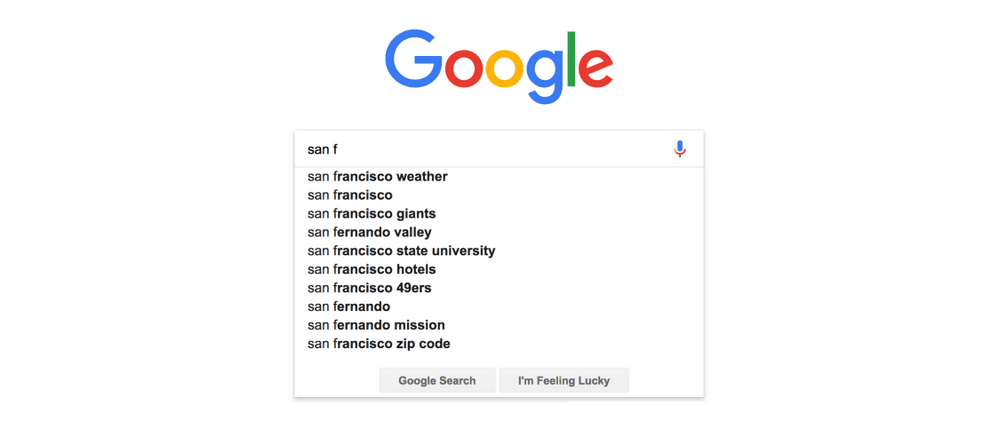How important is a headline? According to David Ogilvy, the father of advertising, the answer is: very.
In fact, he was quoted as saying: “Five times as many people read the headline as read the body copy. When you have written your headline, you have spent eighty cents out of your dollar.”
While the figures may be a little out of date, the takeaway is that headlines matter. A lot. These days, an enthralling headline is more critical than ever. Considering the vast amount of articles we see daily, how do we choose what to read? Additionally, headlines have a technical function in the age of the internet. SEO is an important consideration when search engines dictate visibility.
Today, we’re going to let you in on our tried-and-tested checklist for writing winning headlines.
Keep it simple

Your use of language will have a significant impact on the likelihood of someone clicking on your article. It might be tempting to show your expertise through your word choices, but save it for the body. Ditch bland words for simple but powerful ones. For example, don’t write “utilise” when “use” will do. “Help” is more efficient than “benefit,” and “has” is catchier than “contains”.
It’s best to treat your headline like a call-to-action. Instructive language like “try” and “click” is more likely to result in someone reading your post. It’s also a good idea to directly address your target reader with words like “you” and “your”.
In the spirit of keeping things simple, your message should be easy to grasp too. As with your articles, your headlines need to capture your brand’s identity. However, be careful not to go over the top. In-jokes or puns may miss the mark. Try and strike a balance between unique but straightforward – otherwise, you could lose out on some readers.
We share some tips on how to write a compelling press release.
Use high search-value keywords
Picking relevant keywords for your headline is critical to ensuring the right people read it. There’s no point in creating content that won’t be seen by your target audience. However, relevance alone is not enough.
Your keywords also need to have a reasonably high search volume. Firstly, it demonstrates that people are using that keyword to search for your topic. Secondly, it means your headline will drive traffic to your content. Fortunately, there are many tools – free or paid – that can help you research the best keywords to use.
For example, UberSuggest utilises Google’s autocomplete function to rank keyword suitability. SEMRush and WordStream are also great options for getting started. If you want more functionality, try Moz’s Keyword Explorer. You can trial any keywords you have in mind to find out how often people use them in searches. However, you may want to avoid keywords with the highest search volumes. The higher the volume, the more competition you’ll face in search results which means your content may get overlooked.
Teach people something useful
If you really want to grab someone’s attention, offer to teach them something. However, don’t make a reader wait until the body of the article to find this out. Use a to-the-point headline to explain what knowledge you’re going to impart. The key here is not to make your subject sound too complicated. People will be more willing to learn something new if they feel you’re going to make it straightforward for them.
Use phrases like “An introduction to” and “A beginners guide to” to let your readers know they can easily digest the content. Even better, give them a time frame that shows how quickly they can learn something new. For example, “Learn how to knit in 5 minutes.” Even if the topic isn’t something the reader has thought about before, 5 minutes isn’t much time to dedicate to something new.
We explore five simple ways to get people to read your content.
Make bold claims and ask provocative questions
Nothing draws attention like a bit of shock factor. Using a controversial or opinionated statement will guarantee a higher click-through rate. If your headline is polarising, it will attract people who both agree and disagree with it. However, you have to be able to back up your statement in the article itself.

Asking a question is a superb way to pique your readers’ curiosity. When you see a question, you want to know the answer, right? In your content, you can use the question to expand on an answer that delivers your point in detail. Take Gizmodo’s article, “Why are you still using Microsoft Word?”, for example. Most people still use Word without a second thought, maybe they’ve missed something?
Writing perfect headlines takes time, but you can improve by measuring your results. A/B testing is a great way to monitor which techniques work better than others. As long as your headlines aren’t misleading, you’ll continue to improve until they’re second nature.
If you’re curious to learn more about content marketing and PR or want to speak to a SYNC consultant about starting your brand’s PR journey, contact us at [email protected]


